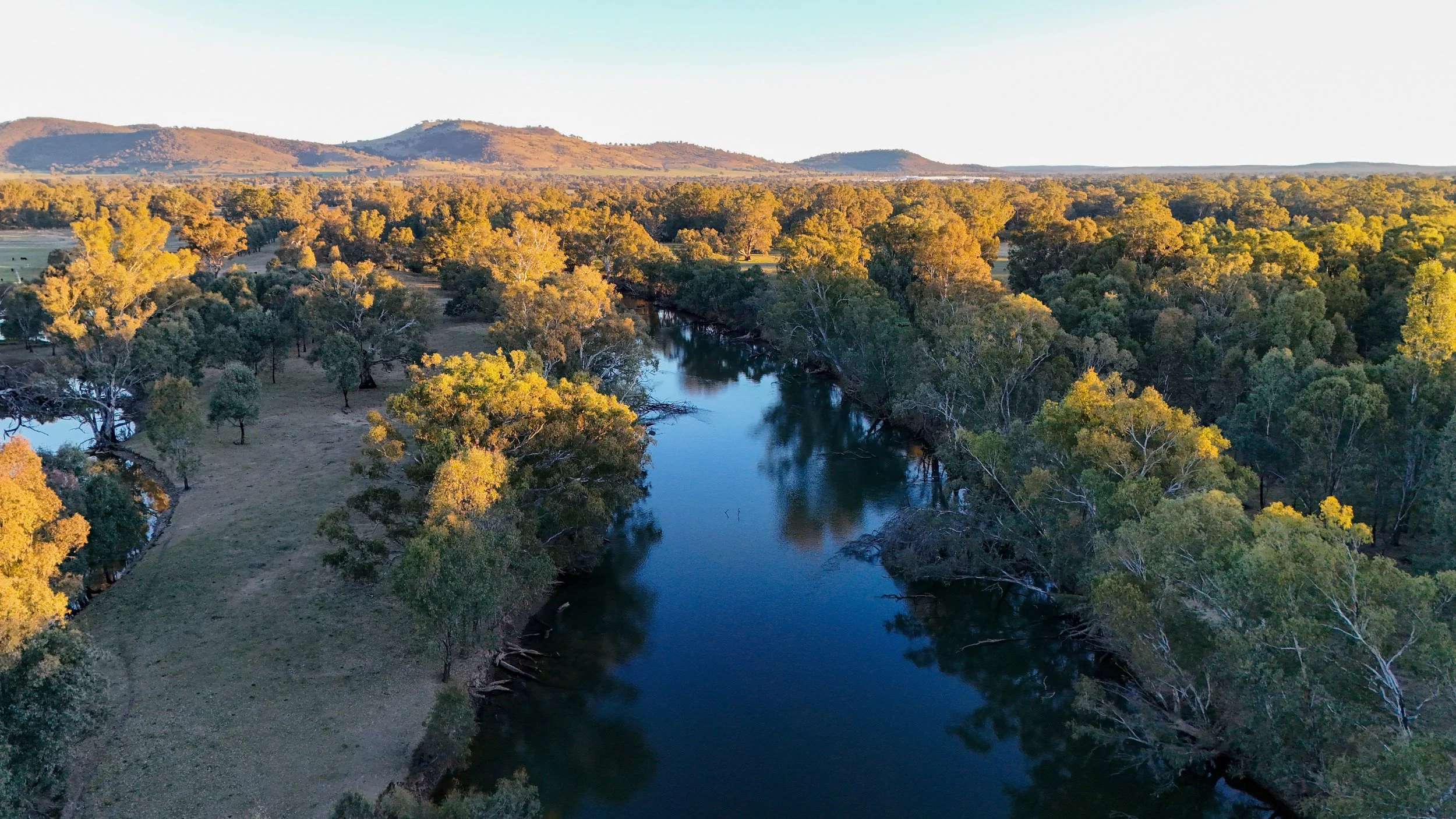Revealing what makes media architecture genuinely successful in the eyes of design professionals
Client
University of Leuven
Timeframe
January 2016 - June 2016
Role
Lead Researcher
Engagement
22 global architecture and engineering firms

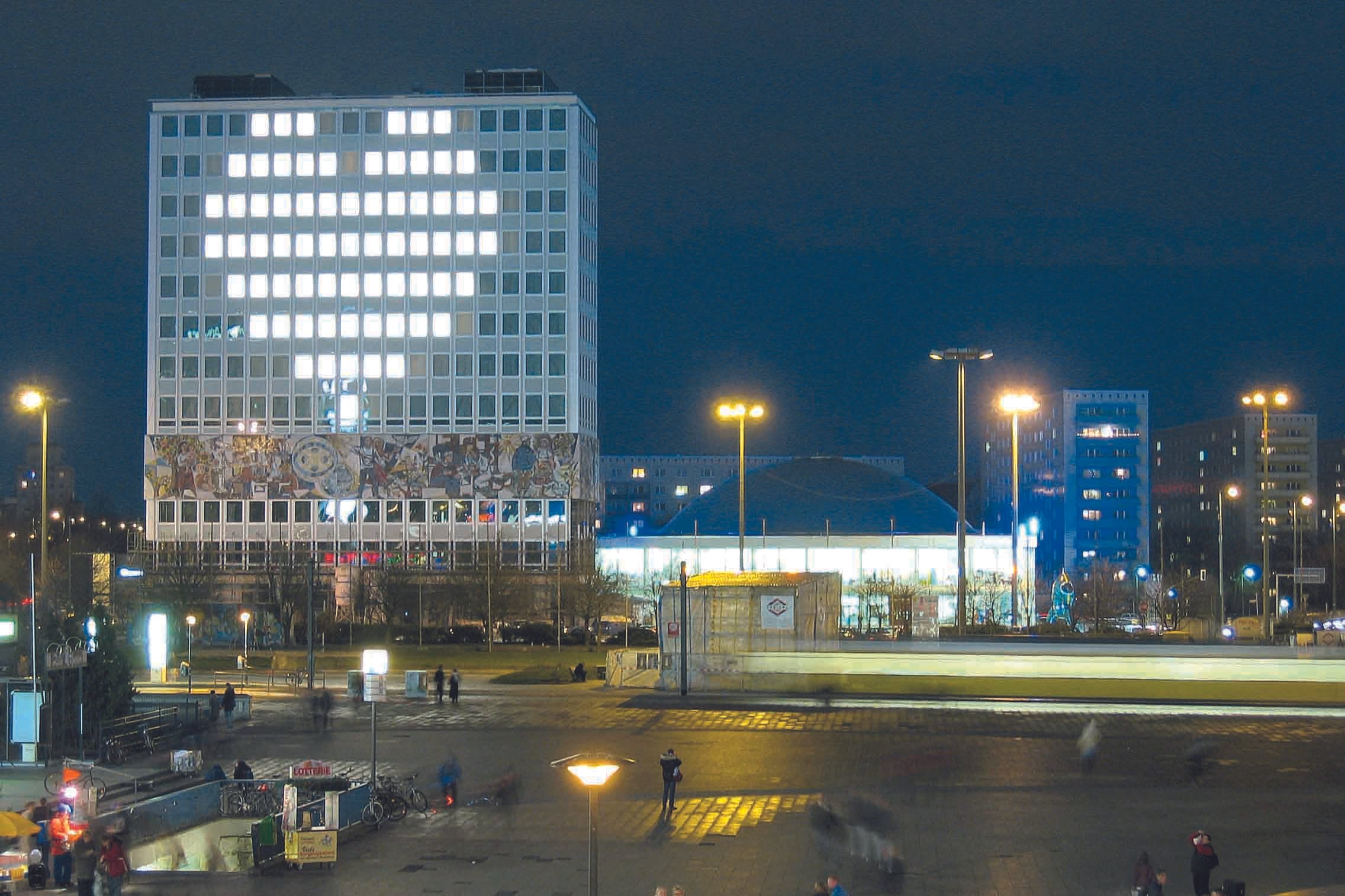

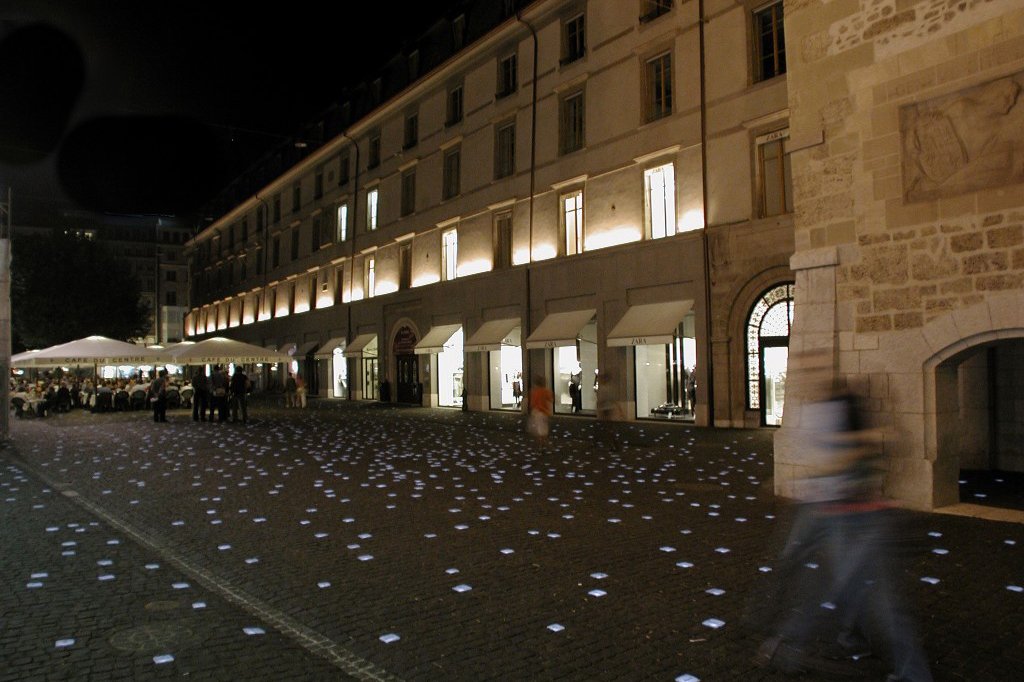
Objective
To uncover design qualities that make media architecture blend with its surroundings and elevate the experience of the built environment.
Methodology
Our approach combined qualitative and quantitative methods to explore the architectural quality of media architecture. The process unfolded in three key steps.
Phase 1. We invited 22 senior architects from well-established firms across Europe to evaluate 24 media architecture projects. Projects ranged from DooH advertising screens to immersive installations, showcasing diverse scales, technologies, and design approaches.
Phase 2. Using the Q Methodology, architects ranked still images of media architecture on a scale from -3 (low quality) to +3 (high quality) based on how well the projects integrated with their architectural context. Q Methodology forces participants to rank images or statements in a normal distribution, encouraging them to carefully consider their judgments.
Phase 3. Using a combination of statistical analysis and open coding, we identified shared themes and standout ideas. This helped us isolate what architects value in media architecture and where they feel it falls short.
Outcome
This project uncovered actionable principles for designing media architecture that balances function, aesthetics, and context. It underscored that great media architecture doesn't just light up spaces—it amplifies the essence of the architecture, creating an interplay between form, function, and technology that is as enduring as it is dynamic.
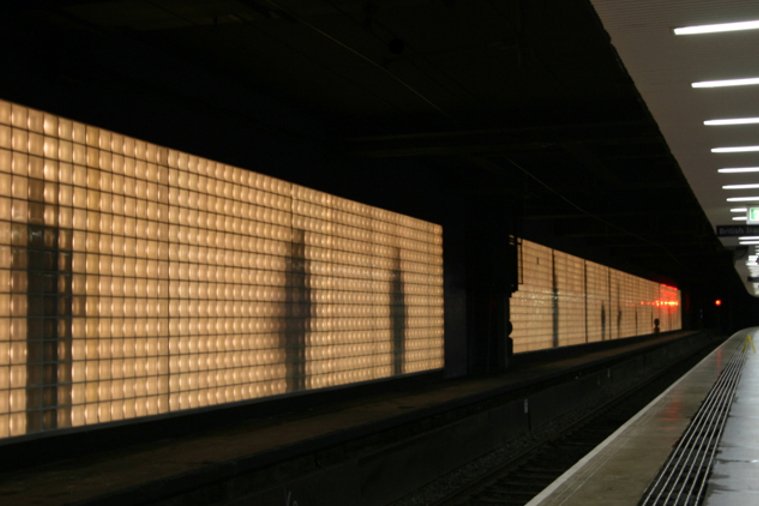


We discovered that great media architecture integrates with its surroundings, amplifying the existing design rather than overshadowing or dominating it. This means integration within a carrier building and the broader context of the environment. Architects value projects that align with the rhythms, proportions, and materialities of buildings and spaces, creating a sense of unity.
Good media architecture is one where there are clear signs of a design scenography and careful choice of materiality. Architects argue that media that responds dynamically to its environment—through light, movement, or interaction—creates memorable experiences and transforms spaces into places.
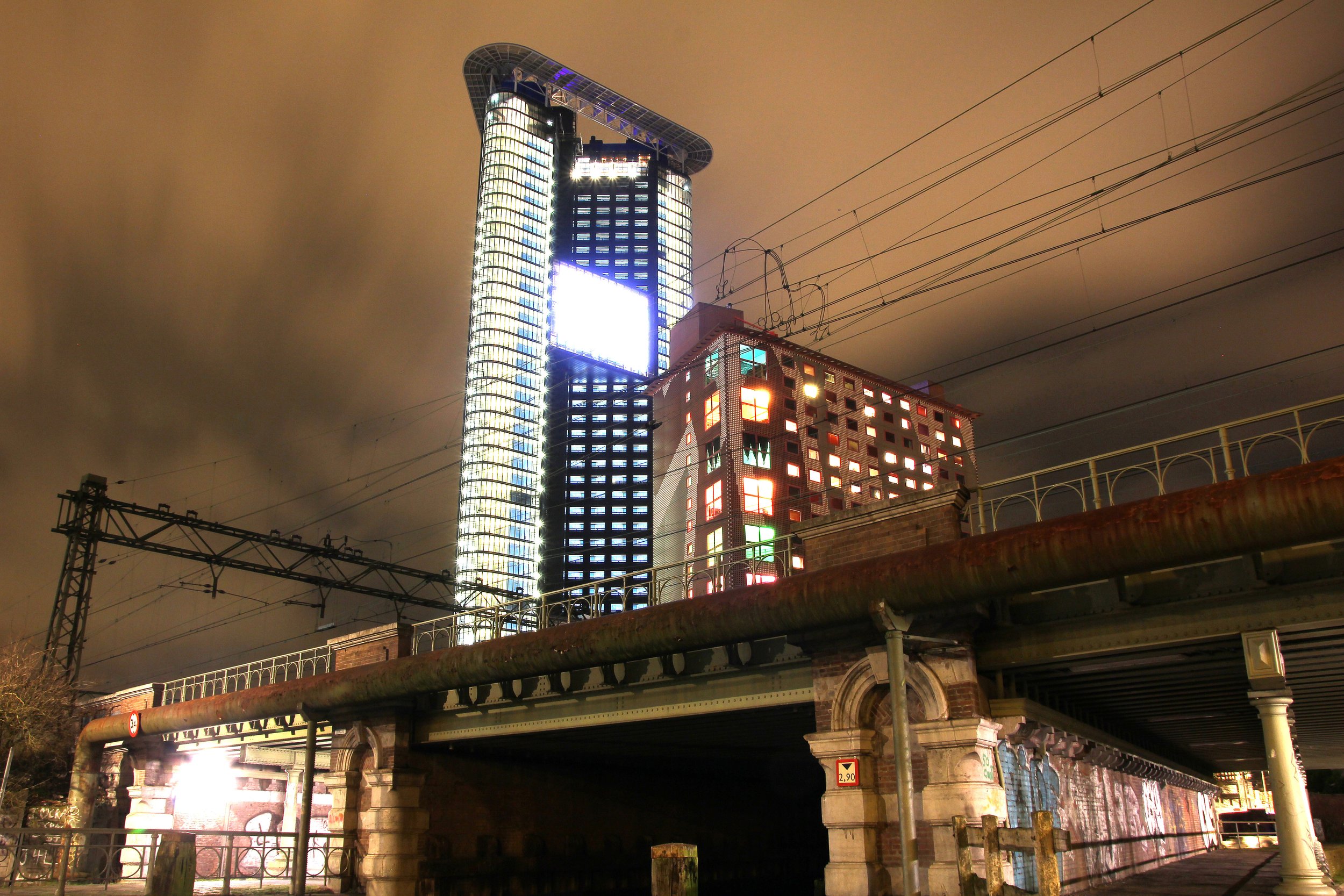
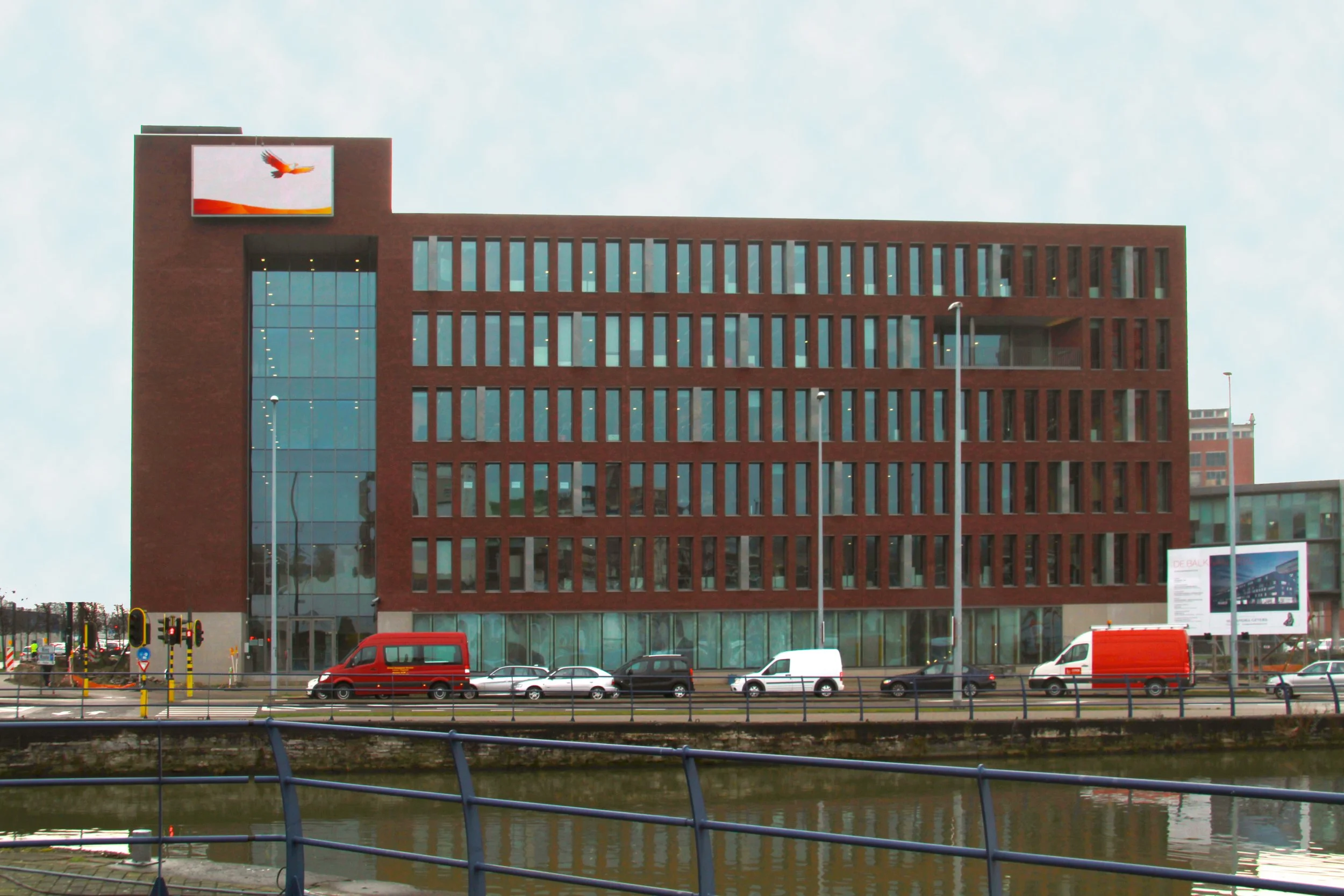

Conversely, our findings show that media architecture fails when it feels like an afterthought—a disconnected layer slapped onto a building. Architects called out bombastic, disproportionate, or visually 'generic' installations. A recurring argument is that designs that ignore the architectural context or overwhelm with excessive brightness or chaotic messaging detract from the space rather than enhance it.
